|
Our time together is full of small things, and the Thursday PM Polliwogs love to examine and experiemce these small things! Small things are squirmy, like worms under logs. Small things are cute, like a baby painted turtle the size of a quarter. Small things are fascinating, like a sleepy red-backed salamander. Small things are swimmy and fast, like dragonfly and damselfly nymphs, and pond polliwogs. Small things are wet and cool, straight from the pond. Small things are adventures, balancing on logs, discovering new pathways. Small things are play and imagination, creating concoctions and tea parties in the woods. Small things are sticks, the versatile play-toys of the forest. Small things are friendships, built one forest school week at a time.
0 Comments
Some days, our time together just is pure magic. Do you know what I mean? Similar to last Thursday, when our Thursday Foxes focused on nests, and then low and behold, a nest came to us... Monday's Foxes were equally lucky this week! Here's what happened: We started our afternoon talking about dragonflies and the changes they go through. Last week at the pond, we had fished out many dragonfly nymphs (babies) with our nets, and observed them in a bin for a while. We learned that they move quickly by shooting water out of their bums/abdomens! We thought that was pretty funny. This is a dragonfly nymph below in an ice cube tray for observation. Some are as big as this one, and some are tiny. This one looks like it's almost ready to climb up onto a reed and transform into a flying dragonfly. In the nymph stage, dragonflies are skilled predators, hunting for mosquito larvae, smaller dragonfly nymphs, diving beetles, small fish, tadpoles, and other small water insects. They have an amazing jaw too! We talked about the dragonfly life cycle: how they start out as eggs, then hatch into nymphs, spend up to 4 years in the water, then one day, climb up onto a reed or log and crack out of their casing to become a flying dragonfly! The dragonfly stage only lasts for about 10 weeks! 90% of their lives is spent in the aquatic stage... amazing! Well, maybe you can guess what happened next... one of our Foxes found a dragonfly at the edge of the pond. It was so new that its wings were still stuck together - and its abdomen was dripping a little bit. We looked around the log where it was sitting. Close by, we could see its casing, or exuviae - the shell it had shed in order to become a flying dragonfly. It was quite exciting to watch! We were very still, just watching the dragonfly be still. Our time would not be complete without some time to play and make believe in the forest and hunt for creepy crawly creatures under logs.
Our Thursday Foxes have spent a couple of weeks chasing questions about birds. There is a lot of interest in this group: what birds do we have in the spring in Huron Natural Area? What birds do we hear when we're in the forest? What do birds eat? We've been hearing chickadee calls, and finding mallard ducks in the woods. Are they nesting? Are they mating? We wondered... This past week, our focus was on nests. We talked about different kinds of nests and different places to nest. Some birds nest in tree cavities made by woodpeckers (screech owls, wood ducks). Some nest on the ground (Canada geese, mallard ducks). Some nest up high in nests made of big sticks (great blue herons, eagles, egrets). Some build nests in trees made of smaller twigs, pine needles, string, hair, with moss or soft seeds lining them. We looked at a weaver bird nest from South Africa that hangs from a tree. We talked about different jobs and male and female birds have in nest building. It is amazing to learn about the diversity of nests! We worked together to gather materials to make a nice, cozy nest for our friend the robin: Then we set off on a hike to Coyote Corners. Look what we found on the way! Can you see what we spotted high up in the trees? After our snack, we worked to find nests for our other bird friends. Some were high up, and some were nesting on the ground. Over the last 2 weeks, we have shared several great books about birds and nests: But guess what!? The climax to our time together came as a total surprise to all of us! We had a few extra minutes to spare, so we thought we would play a short game of Eagle Eye. So several friends ran into the bush area to hide, and were surprised by a female mallard duck who flew away. She was very well camouflaged in the dry brown grasses. So we stopped what we were doing, and look what we found: A nest of mallard eggs! We're going to try to leave them alone so that the mother stays nice and calm from now on!
It's always enlightening to go into the woods with a group of young children. I learn new things every day! Yesterday, we discussed the feelings of trees. We didn't talk about WHETHER trees feel... that was a given. The children's discussion centred around WHAT trees feel. Here's what I overheard: "When trees are brown, they are mad." "When trees have leaves, they are shaded and happy." "And when they don't have leaves, they are sad and mad." "When they get their leaves, they are happy again!" "Trees get their feelings by feeling the wind." We looked at different seeds, and found seeds on our hike that trees had produced this spring. We also stopped for a snack, sitting on a big log. We counted the rings on the log to see how old it was. 58!! We read Frank Glew's book called "I Need a Hug" about a gigantic tree who just wanted to be hugged. Then we all found trees to hug in the forest at Muskrat Bay. I think those trees felt happy to be hugged! What do YOU think the trees around you are feeling?
We've already talked about tracking some poo/scat in the winter. This past week, we focused on tracks. We put on our detective senses to figure out who has been in the woods. On the way, we made some of our own tracks: On our walk, we saw: rabbit tracks, coyote tracks, and deer tracks. (and people and dog and angel tracks too) We followed some deer tracks through the woods and they led us past a fairy estate. We didn't see any fairy tracks in the snow, so maybe they are hibernating. We talked about the various ways of moving through the snow. Some animals are hoppers (rabbits, squirrels, mice). Some are waddlers (raccoons, wild turkeys). Some are walkers (deer, coyote, fox). What are you? Here we are, tracking a dear deer. Here are some more tracks. Can you guess what they are?
When the snow wasn't exactly snowpeople-making quality two weeks ago, we improvised. Inspired by Lois Ehlert's book Snowballs, we made snowpeople inside using felt circles and loose parts. Look at our fancy snowpeople! Last week, we were excited to see the fresh white snow at the Huron Natural Area. We built some mini-creatures before heading out on our adventure in the woods. The snow definitely changes how we can play and explore in the winter time!
When we go for a walk in the woods, we can be like detectives, looking for clues. With the lack of snow, we could easily see poo on the paths. These poo clues tell us about the creatures that have been there. Several weeks ago, we came across some dog and coyote poo, right near each other. Do you know the difference? Here is some photo evidence: In the picture on the left, it shows the two piles of poo. The next two pictures are closer shots, to see the detail. :) So... which is dog, and which is coyote? If you guessed that the blackish-grey one is coyote, you are right! And if you guessed that the brown one is dog poo, you are also right! When we looked closer, we could see fur and small bones in the coyote poo. When we looked closer at the dog poo, it just looked like grainy shades of brown. We also noted that while the coyote poo was supposed to be there (the park habitat is its home), the dog poo was out of place. This park habitat is not its home, and so poo should be picked up on paths. Hmmm... In another area of the park (on a much less snowy day 2 weeks ago), there was deer scat (fancy word for poo). Here are some: And then guess whose poo is here? Looks kind of similar to deer poo, but more round and a bit smaller. You guessed it! Rabbit scat.
So much to see in the woods, and the winter woods scat can be especially fascinating! During our last two weeks of Tales and Trails, we have wondered about when the "usual" winter weather was going to come our way. Where is the snow? Why have all the snowpeople melted? Lately, there had been more rain, making the park's paths quite icy. So we are embracing whatever comes our way. Week #1, on Jan. 18, we read a book called Right Outside My Window by Mary Ann Hoberman. We drew pictures of what we see when we look out our windows at home. We also used stuffed animals and other toys to make representations of a window view. Some windows featured tropical animals, and some featured more local creatures, along with cars, trees, and tractors. We talked about how there used to be snowpeople right outside our window, but now there is just a small pile of snow where he/she once stood. Here is one window view: Then we had a lovely winter walk - not too cold at all! Perfect for wandering and playing "eagle eye" in the woods, and sliding down hills on our bums. What kind of things are right outside YOUR window?
Our Forest Kindergarten group comes ready to play each week, with HUMONGOUS imaginations. We are blown away by their stories and by their ability to sink deeply into creative play in the forest. For the past several weeks, we have had "fox spottings." These foxes are very elusive, and like to hang out in grassy areas or places where the forest floor leaves are shades of orange. Someone in the group will "spot" the fox, but by the time the others arrive (particularly the leaders), the fox is nowhere to be seen. There are theories about where the fox lives, what he eats, and where his family is while he roams the forests to spy on our group. And there are magical potions. Sticks serve as wands, and concoctions are mixed together - some for more evil purposes, but many for good. For example, a potion to turn your hair rainbow colour. This is an example of a good potion. These Forest K foxes are tricky, and often sneak potions to the leaders when we least expect it, making us grow tails or eat breakfast leaves from the forest. This past week, we went on a walk to look for magic potions. We found dragon's teeth, rabbit fur, rays of sunshine, snails, and other things to mix into our magical medicines. We came back to our base camp for our snack and story. Rebecca read Sometimes I Feel Like a Fox by Danielle Daniel, an Anishinaabe introduction to the idea of totem animals. In this book, different animals are connected to different emotions that we all feel. After the story, the children shared what forest animals they were most like. It was very interesting to hear which ones each child chose! Since it was Hallowe'en, we brought some costumes out for our forest play time. There were lots of flitting butterflies, buzzing bees, dancing ladybugs, and even a turtle at play as they constructed homes, concocted soups and stews, and took care of their Forest K "family" in the woods. These children fully inhabit the forest through their play: creating new worlds, where tricky, protective foxes are never too far away, and magical potions are quite real. Such a fun, fun group of friends!
This past week, our Salamanders began by checking our decomposition experiment. This was week 3 of this experiment. Which gourds were decomposing faster? The ones that were at room temperature, or in the fridge? The gourds that were in water, or soil, or just alone in a container? Then we were off to the woods to explore and play - two things we are very good at! Weaving through the forest trails, we found some fun spots - some new ones, and some old favourites. When we arrived at our base camp, there was an interesting invitation awaiting us! While we ate snacks, Jen read us the book Wild Rose's Weaving by Ginger Churchill. Then we were invited to weave in the forest using small sticks as needles, passing yarn through the burlap canvas in the trees. We also wove ferns, cattails, and other leaves and plants into the fabric. Then we played a couple of games, and had time to spend in our quiet sit spots. It's amazing how this group can just "sink in" now - sitting quietly, or drawing and writing in their nature journals. Only one more week, Salamanders! Hard to believe that our fall session is almost over.
|
Read on...Hammers, Huge Swings, and the Freedom to Play Archives
April 2020
|
We are honoured to walk, learn, and play on the traditional territories of the Haudenosaunee, Anishinaabeg, and Chonnonton Nations, treaty lands of the Haudenosaunee. Grateful for the ongoing care, stewardship, and teachings from Indigenous Peoples that help us walk gently on this earth. We are committed to the ongoing process of decolonization through partnering with local Indigenous educators in our facilitation, learning about the past and about good ways to move forward together, respecting the land as our First Teacher.
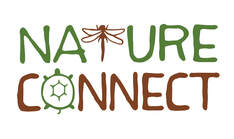
Join our email update list
© Nature Connect 2024
© Nature Connect 2024

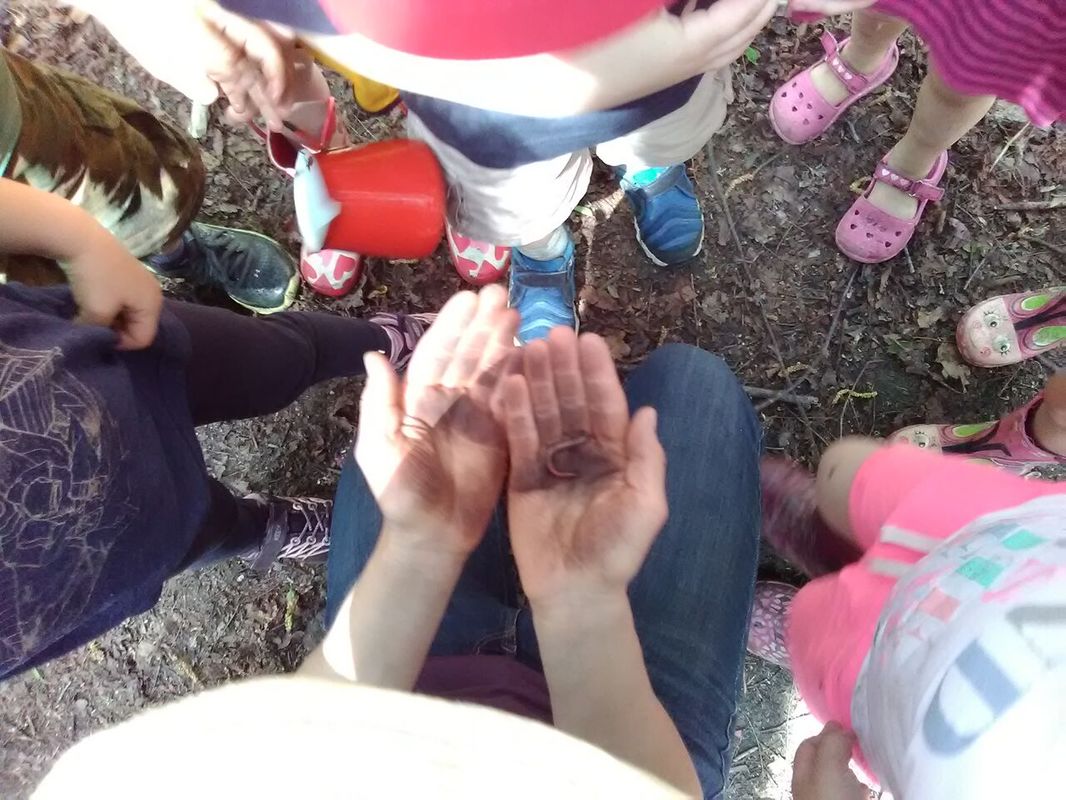
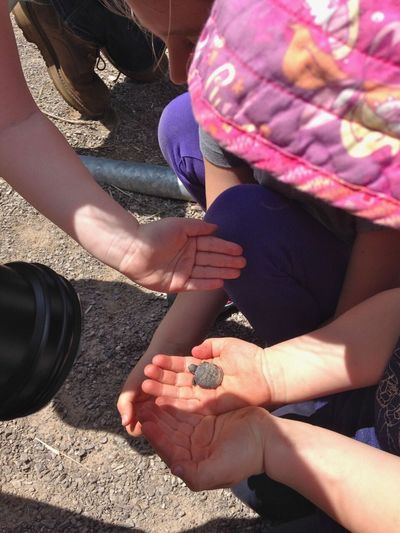
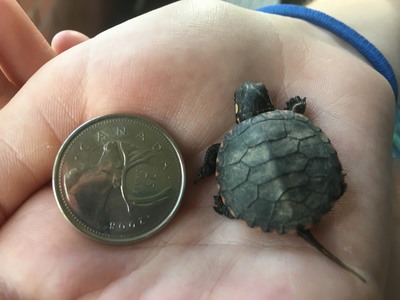
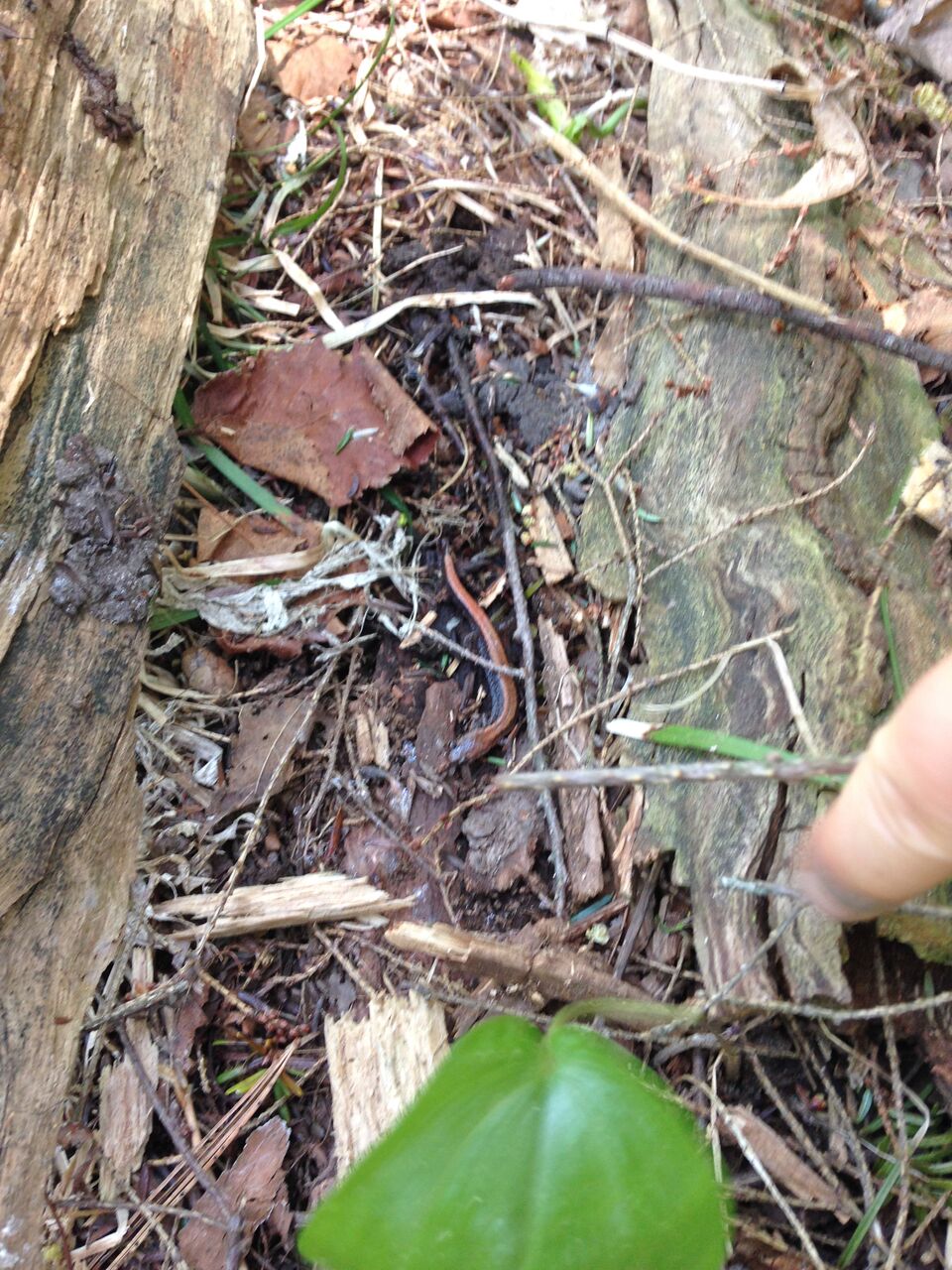
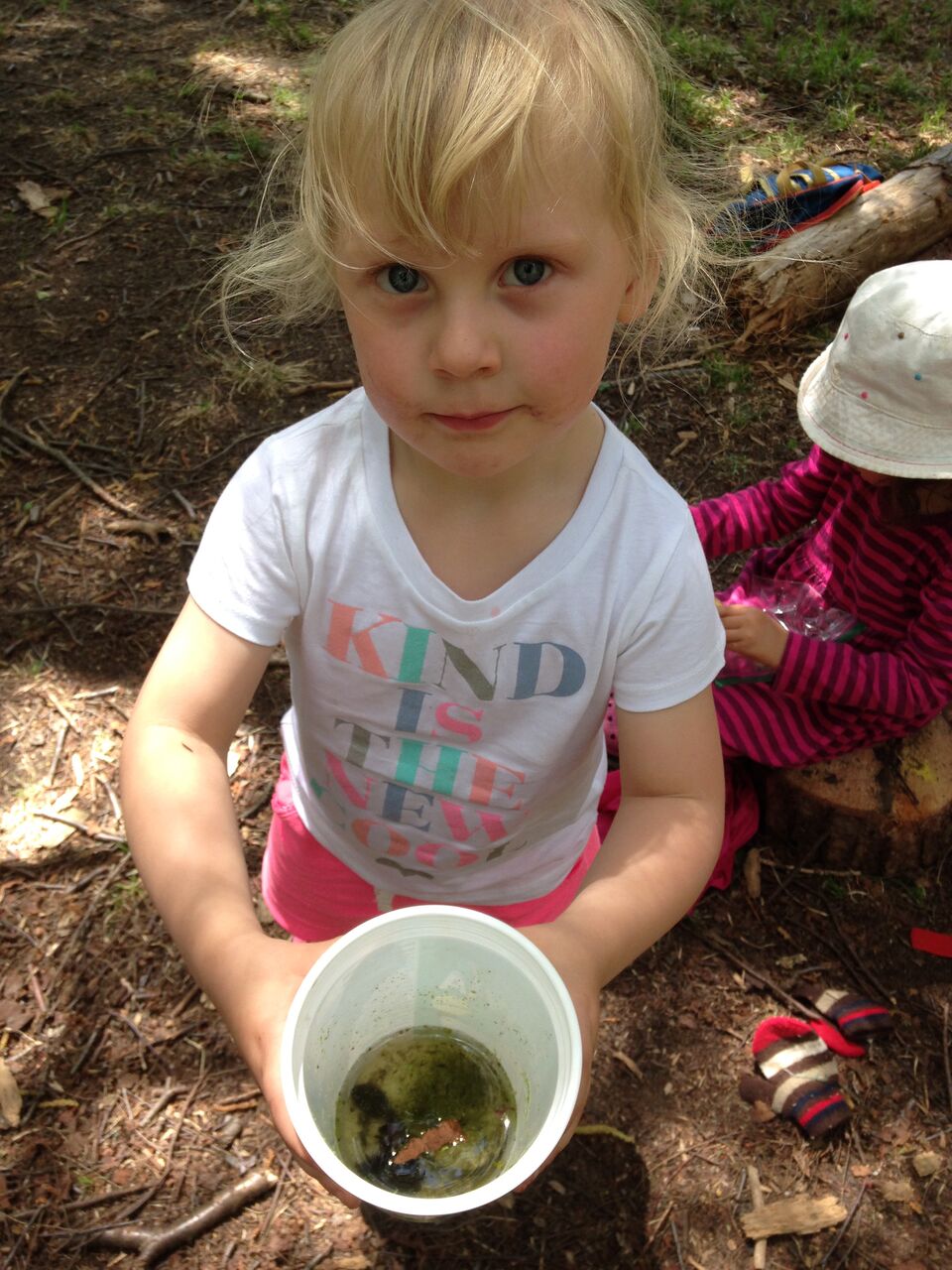

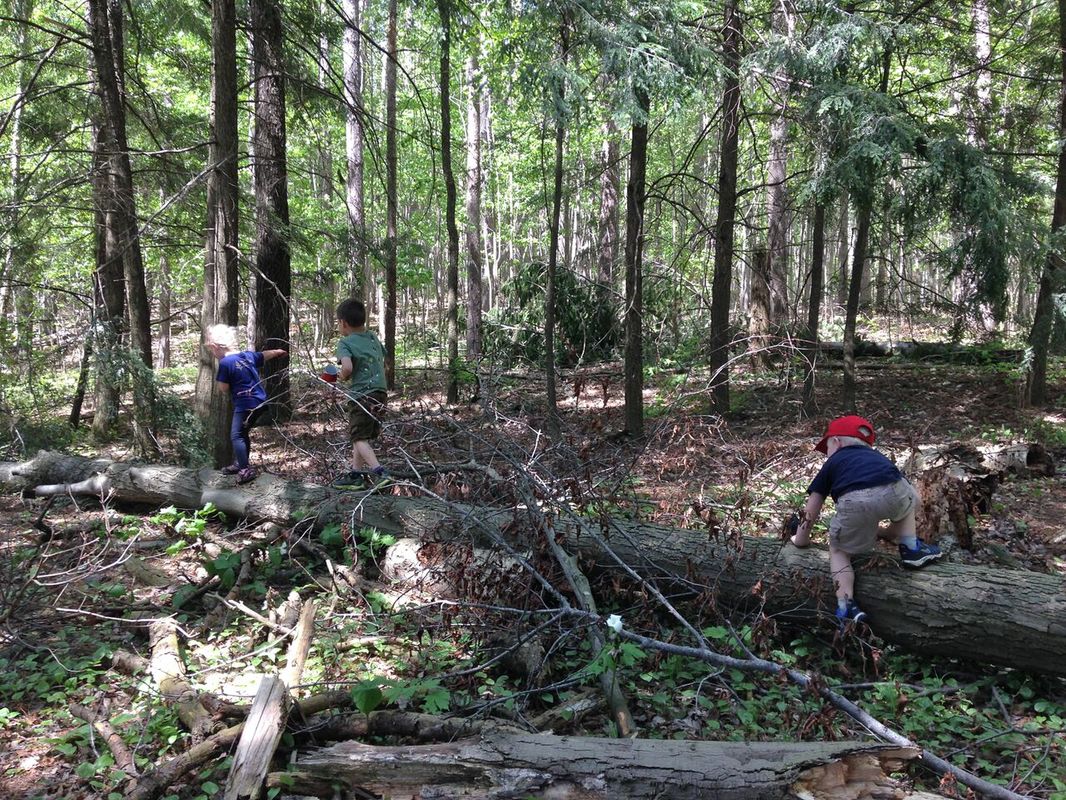
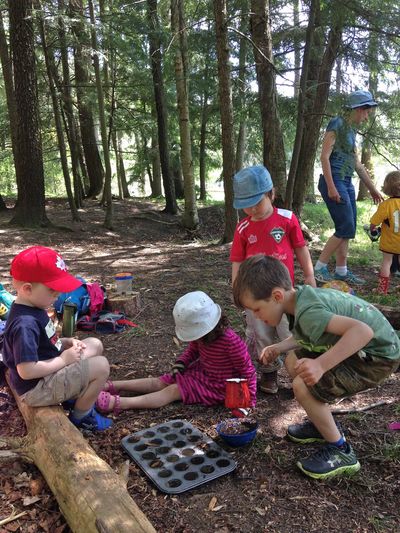
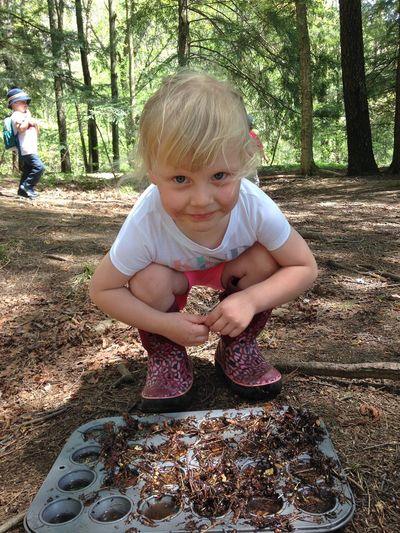
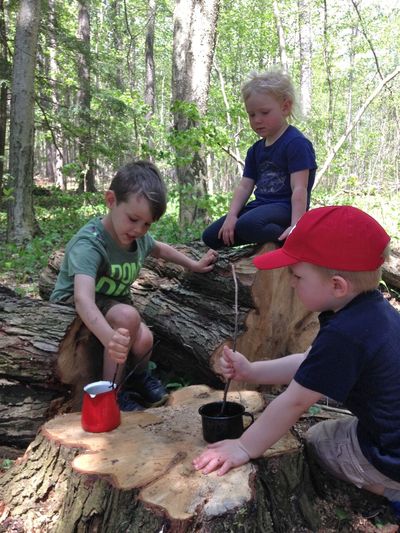

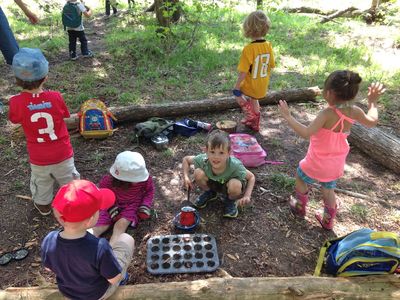
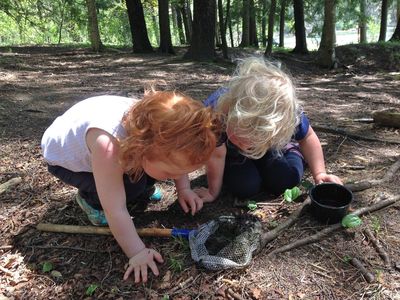
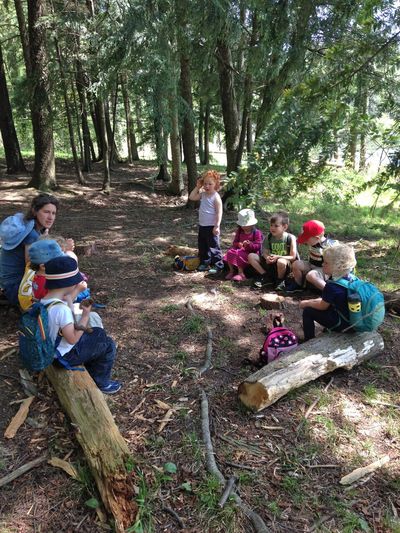
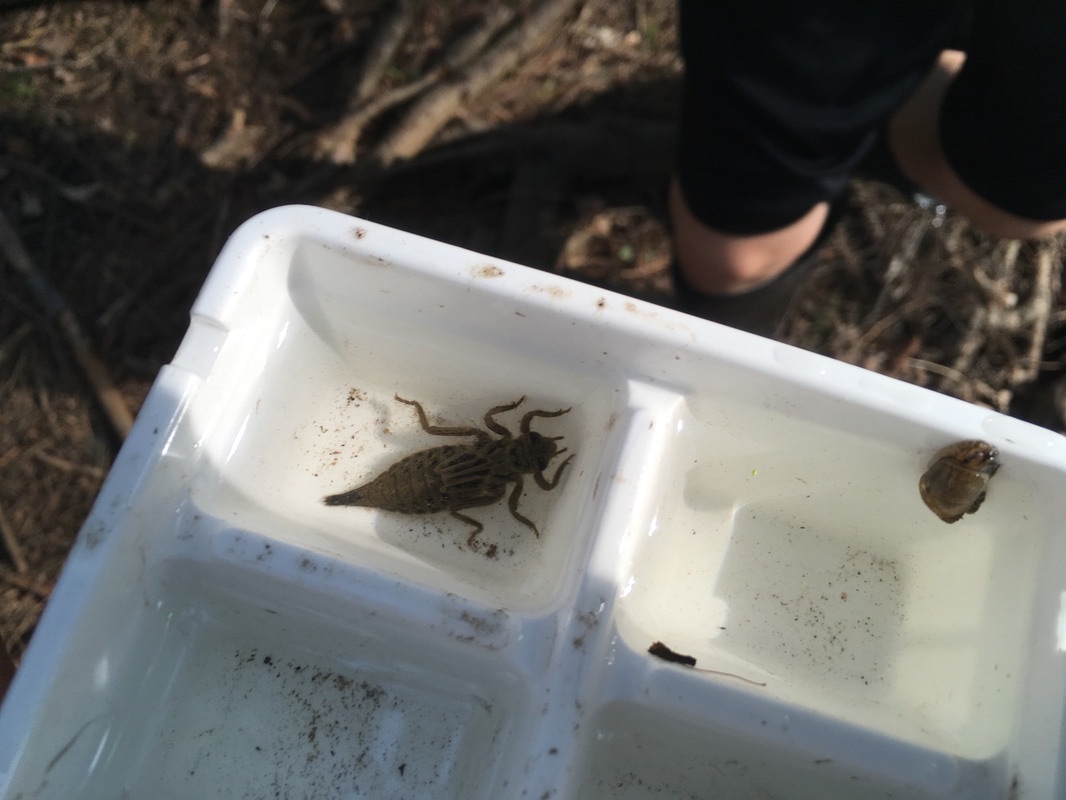
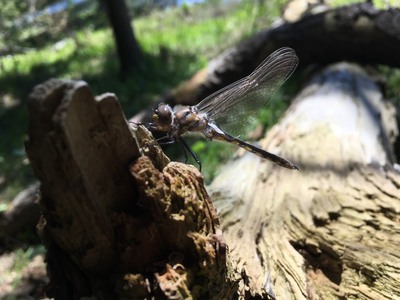
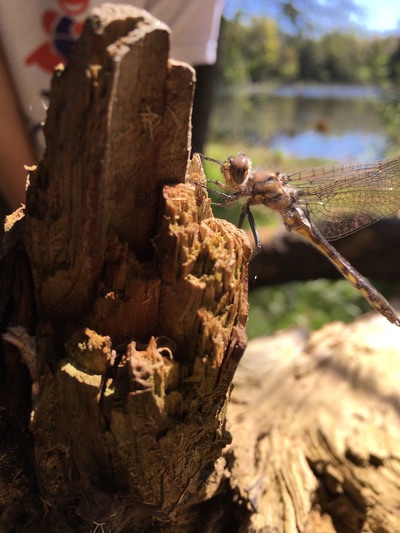
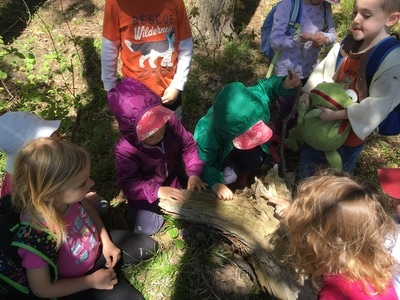
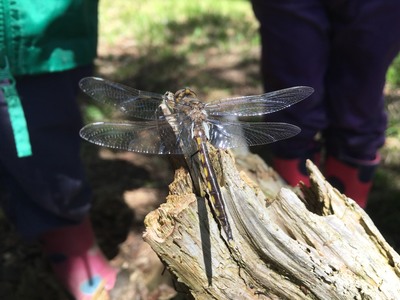
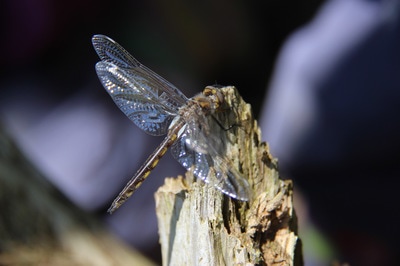
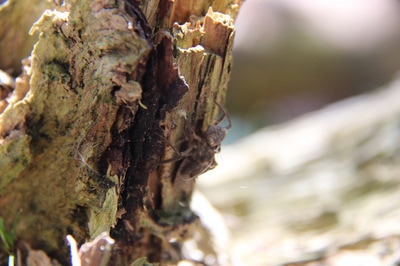
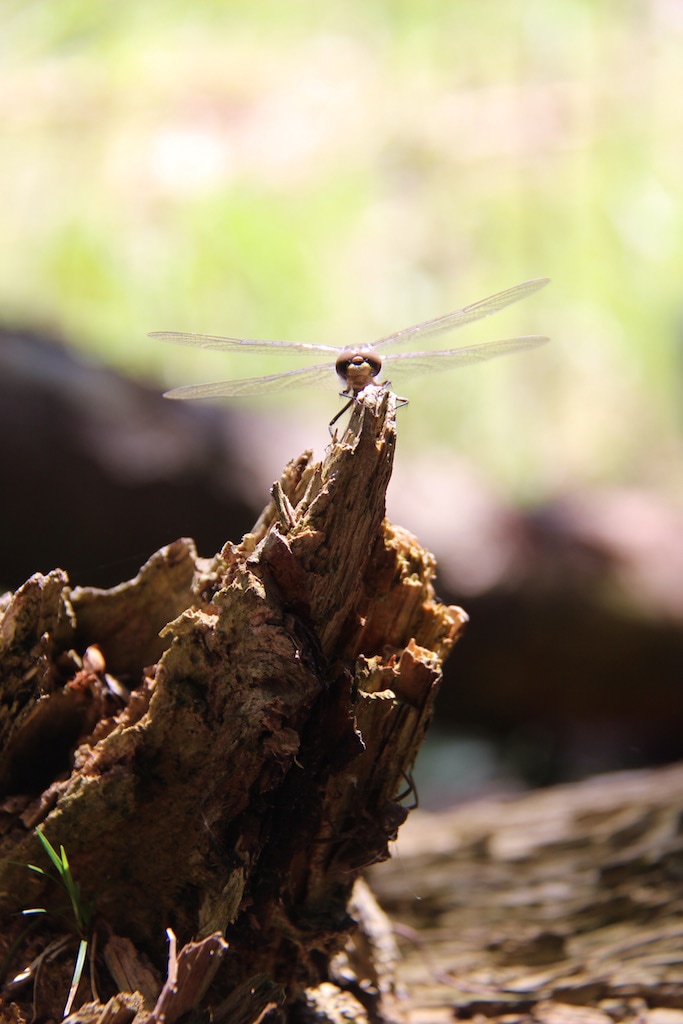
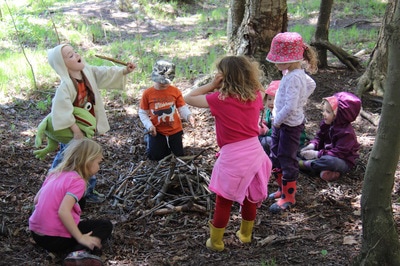
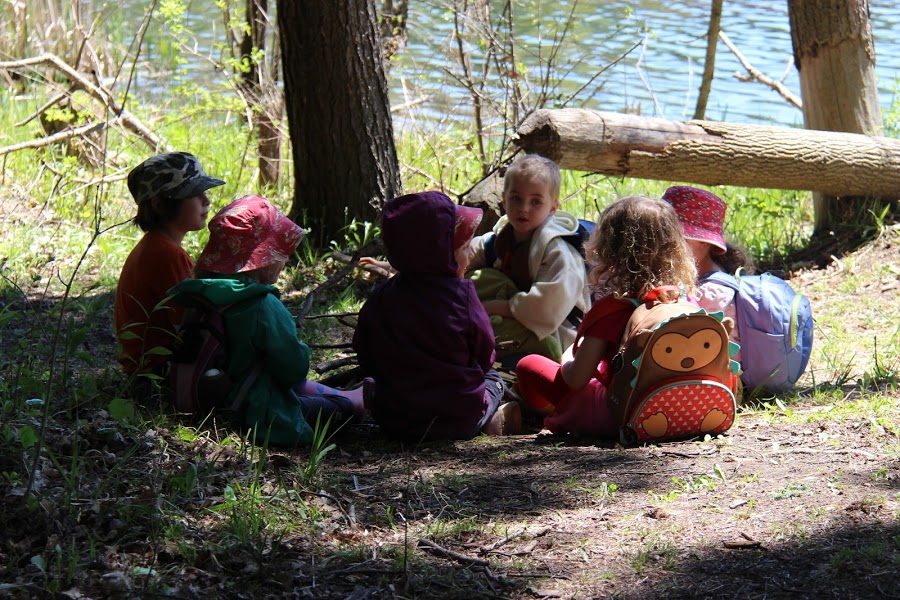
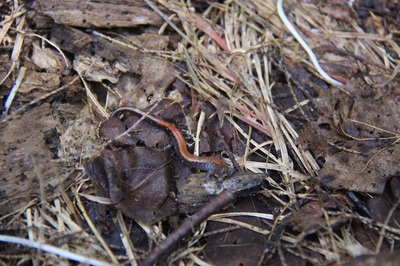

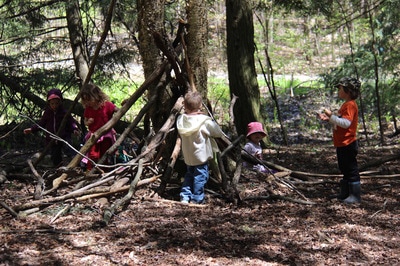
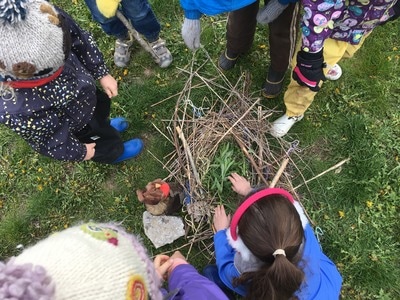
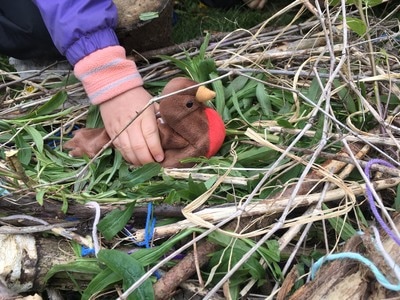
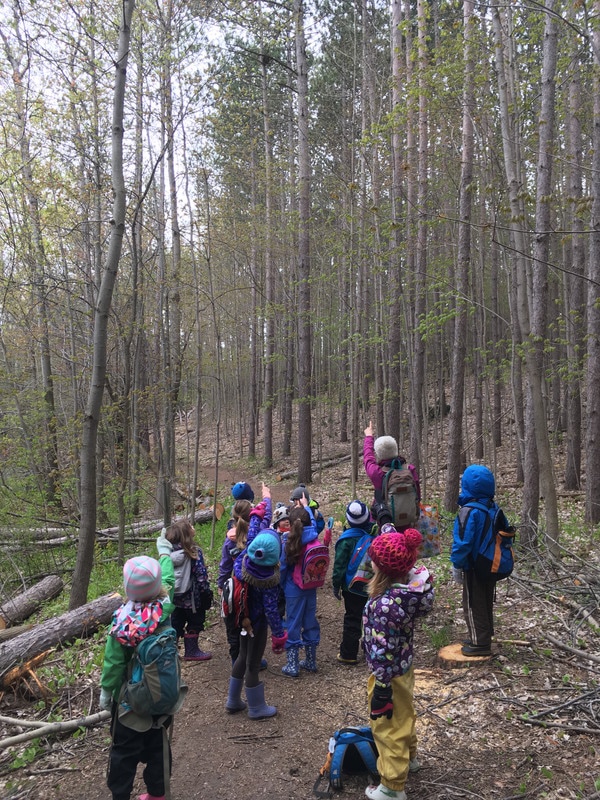
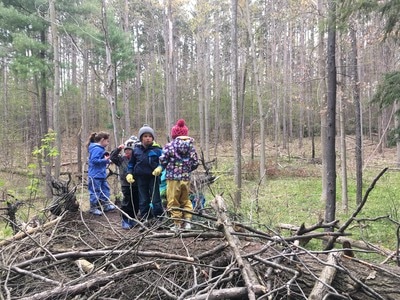
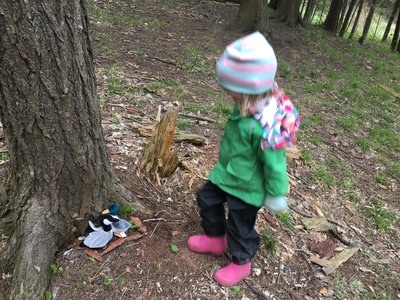
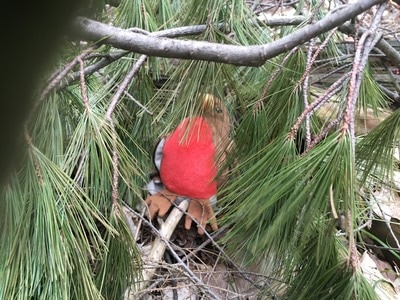
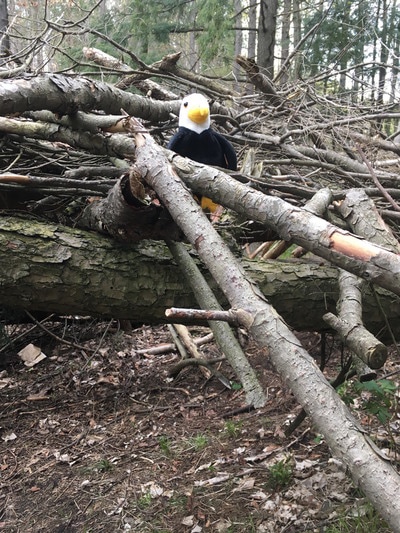
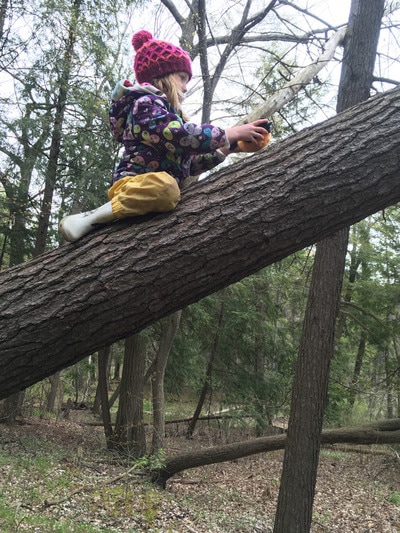
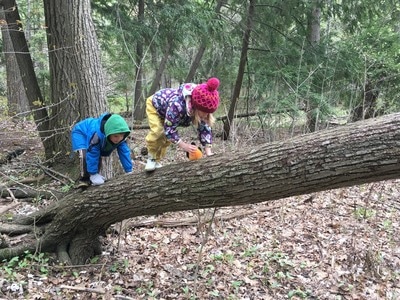

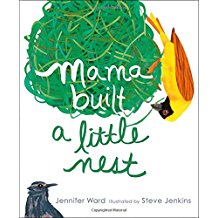
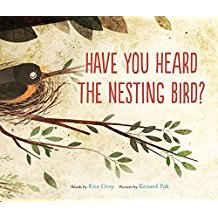
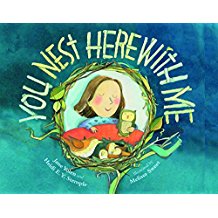
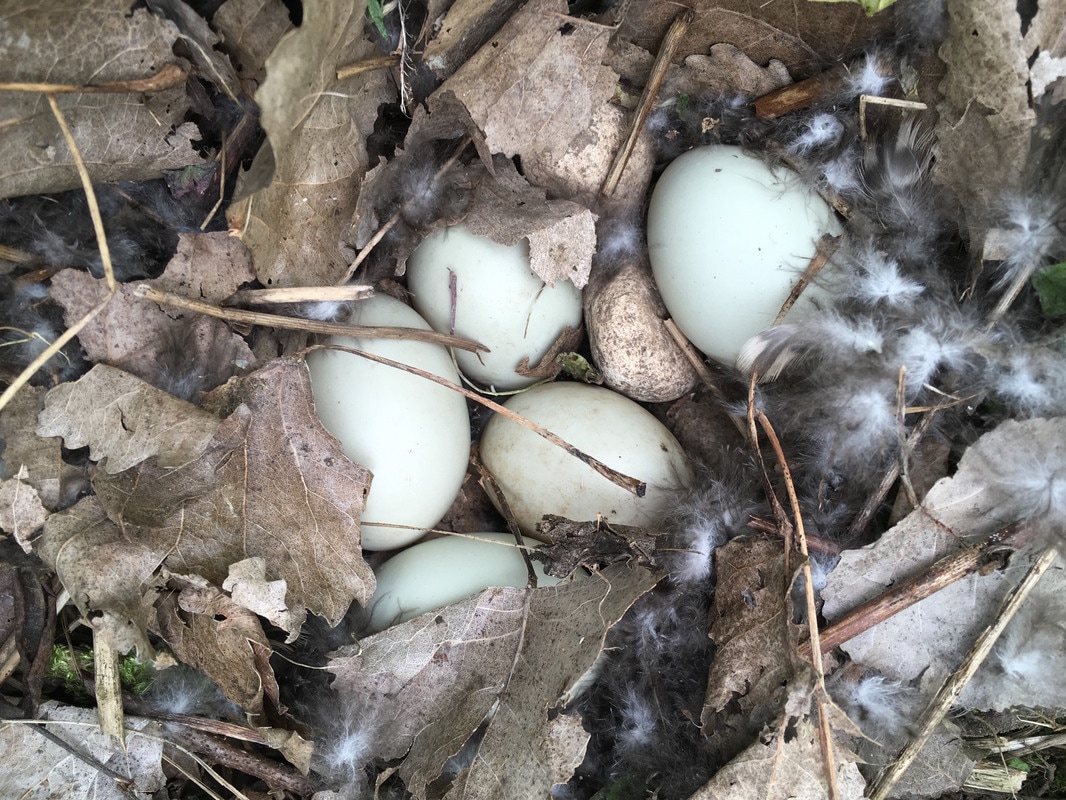
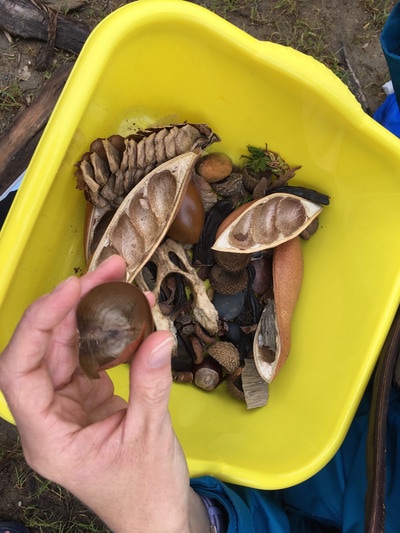


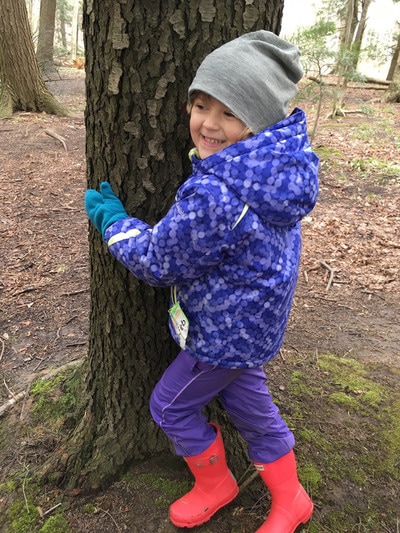
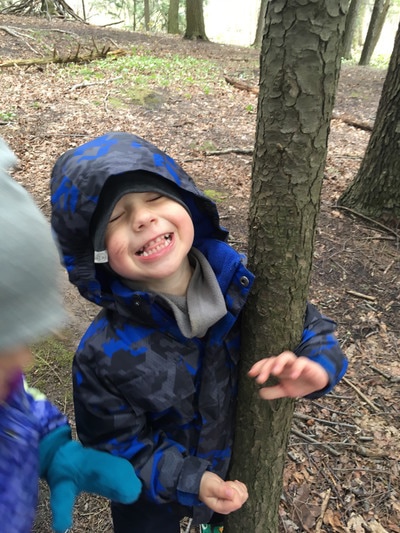
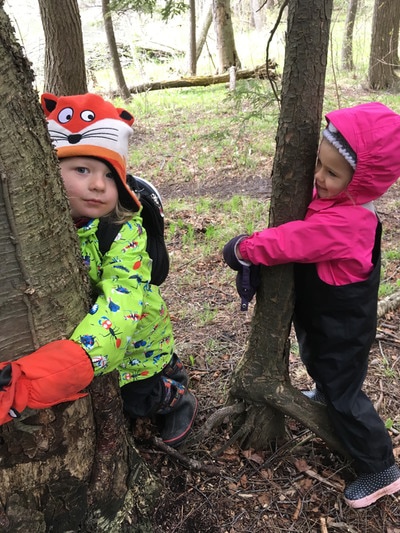
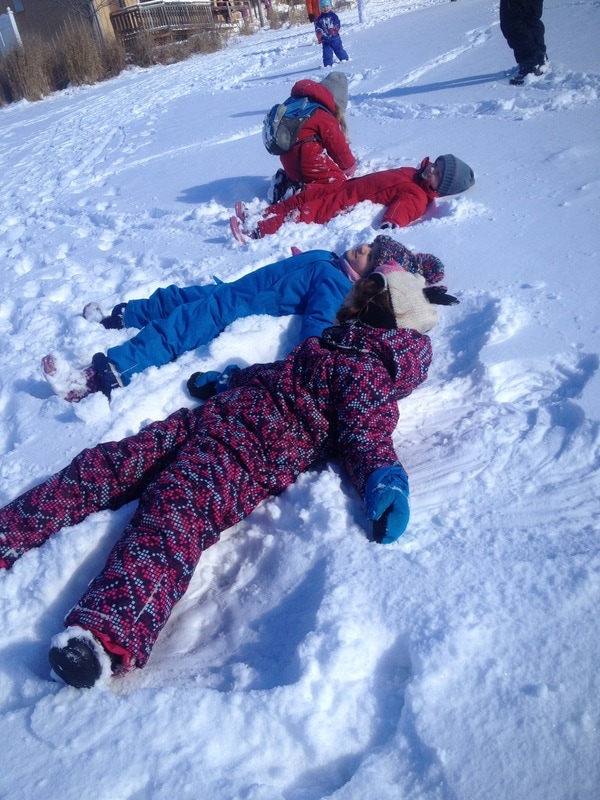
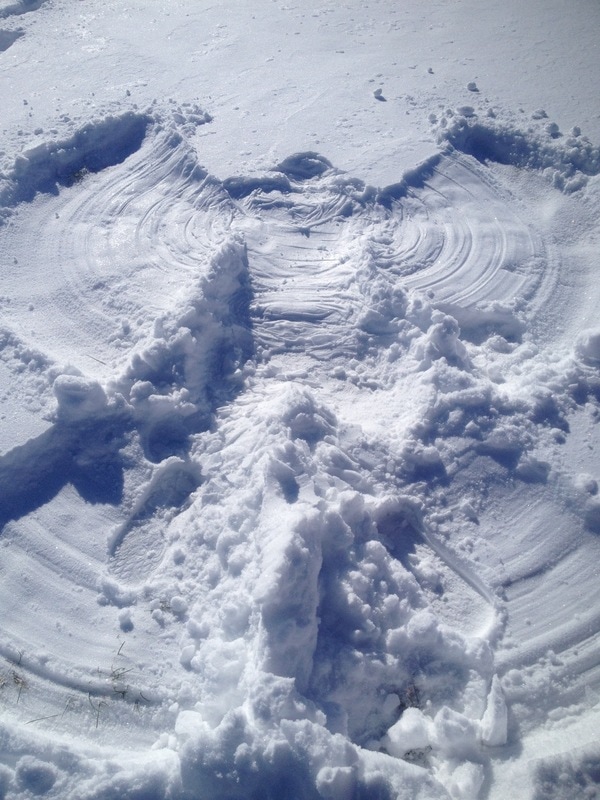

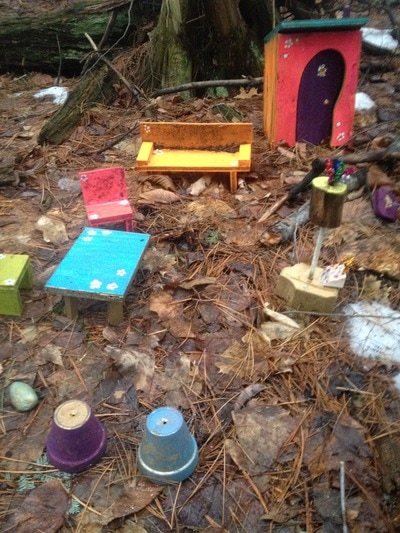
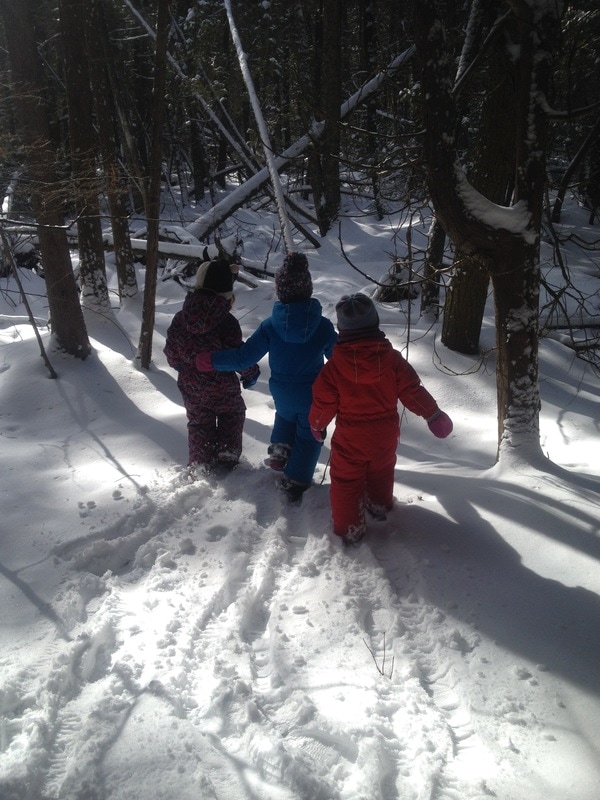
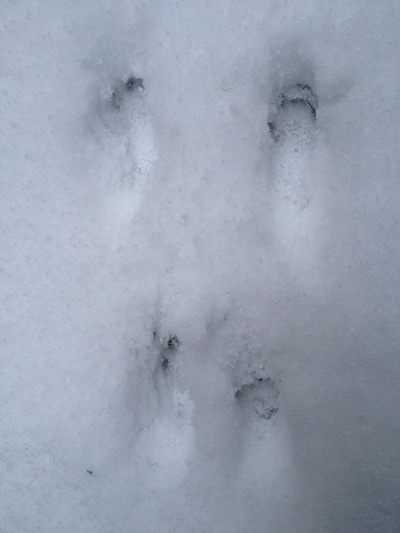
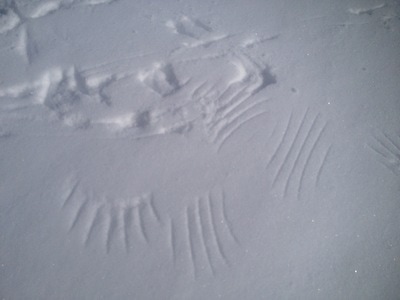
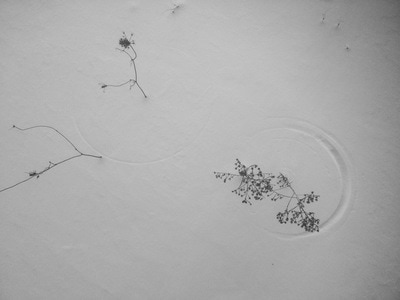
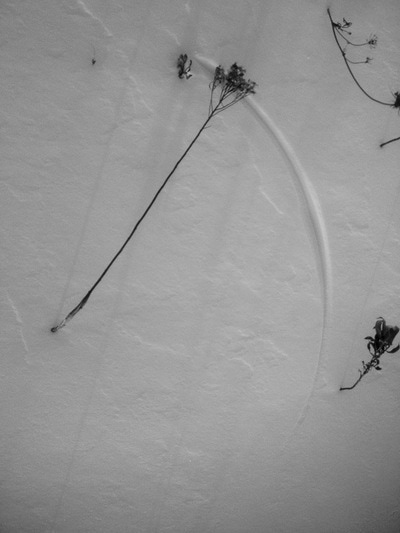
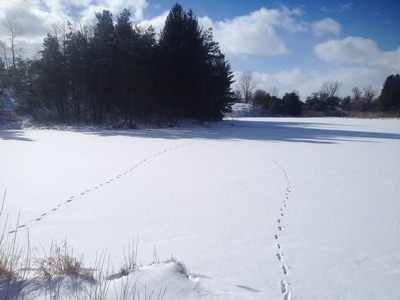
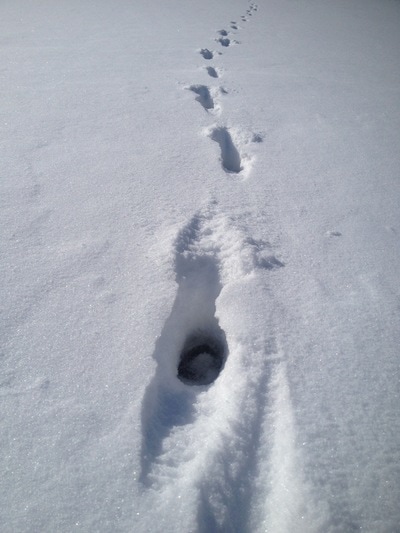
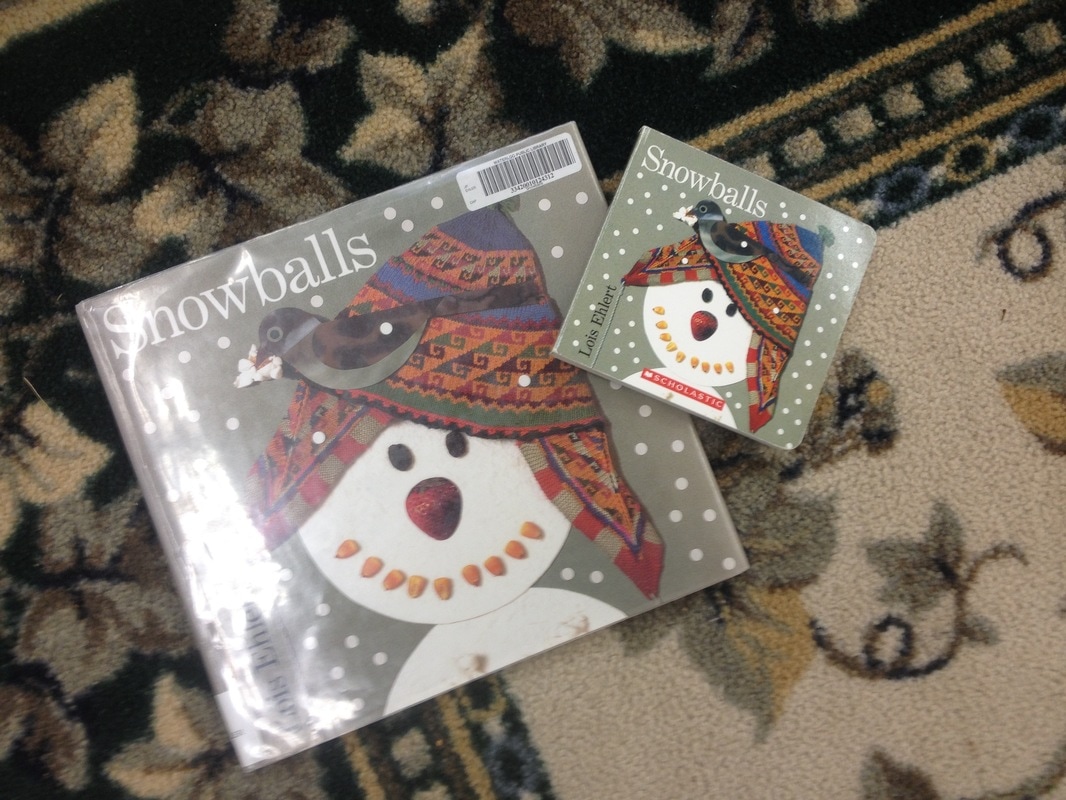
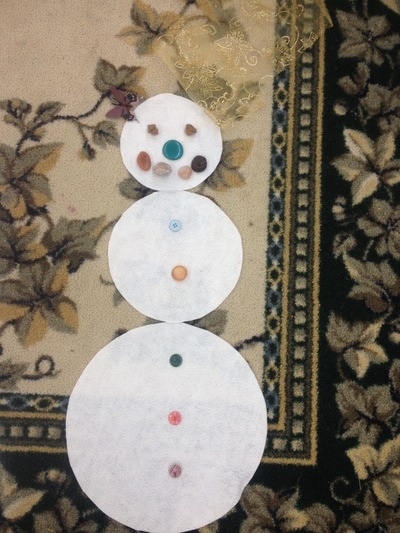
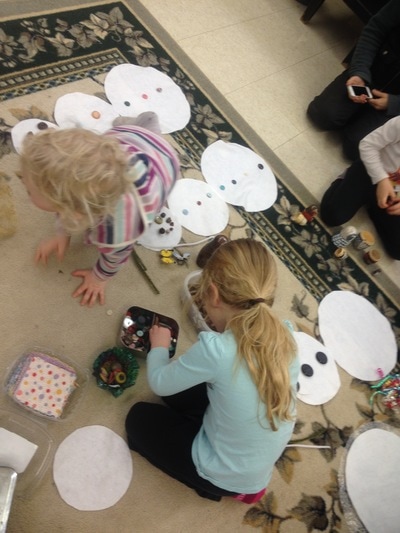
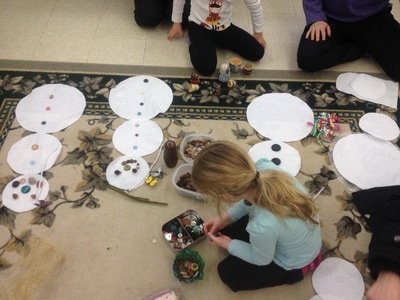
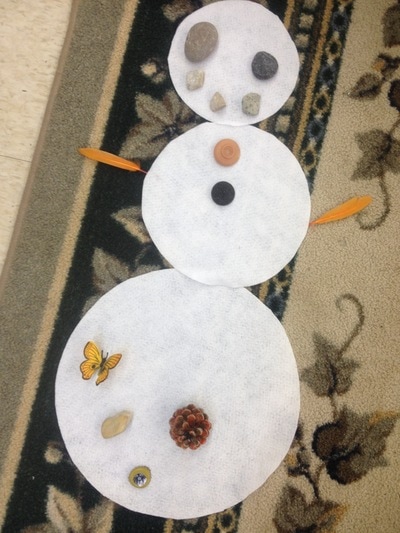
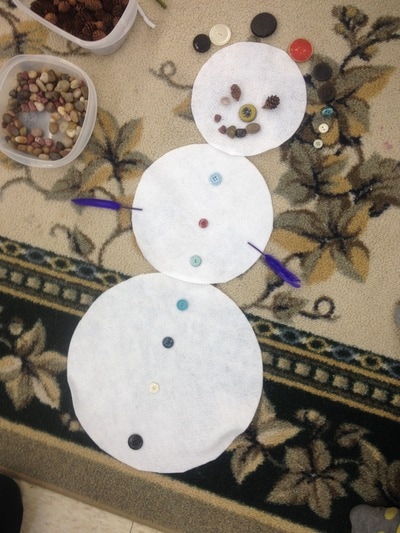
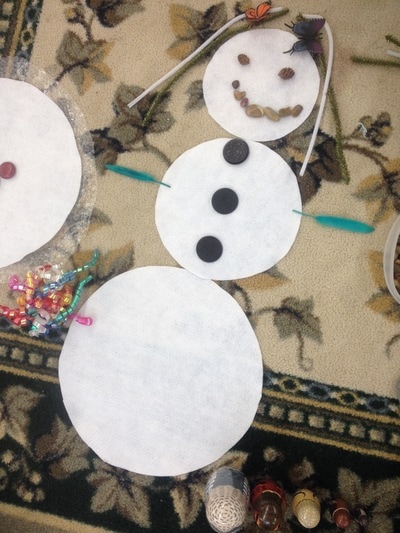
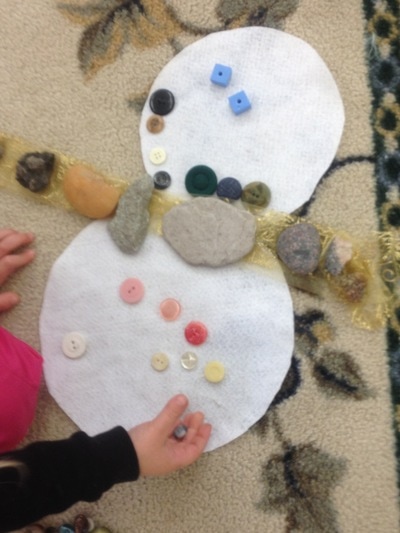
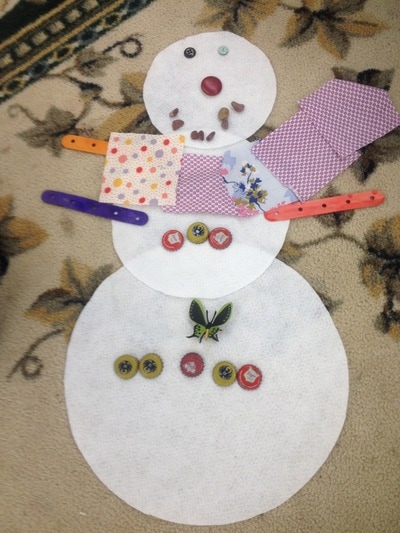
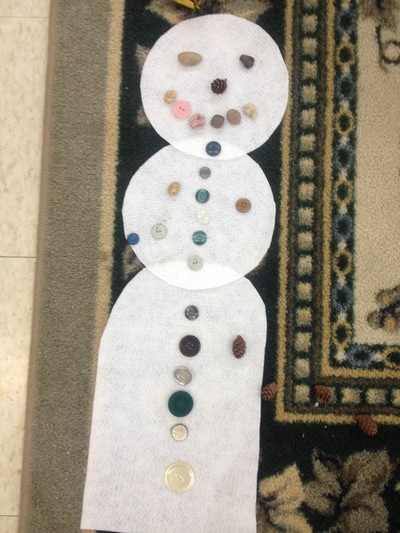
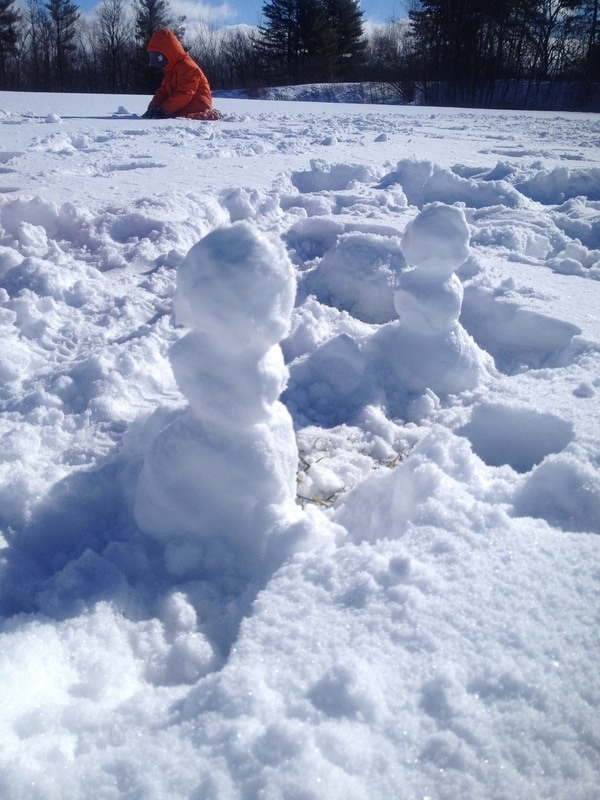
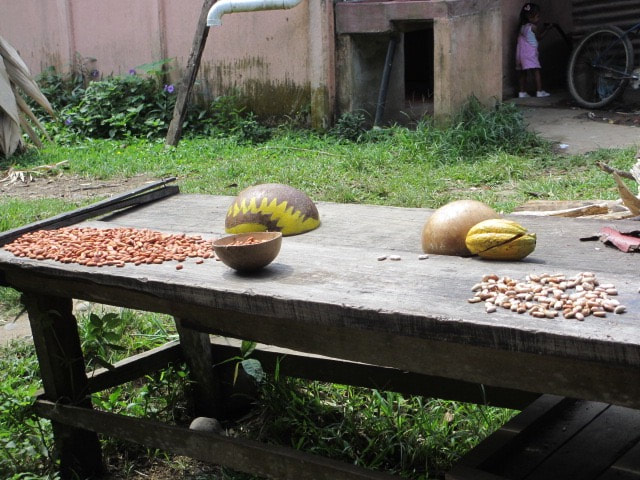
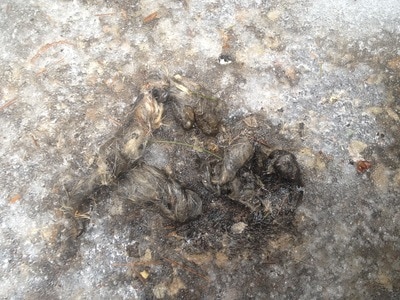
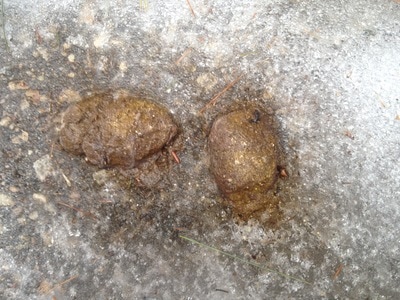
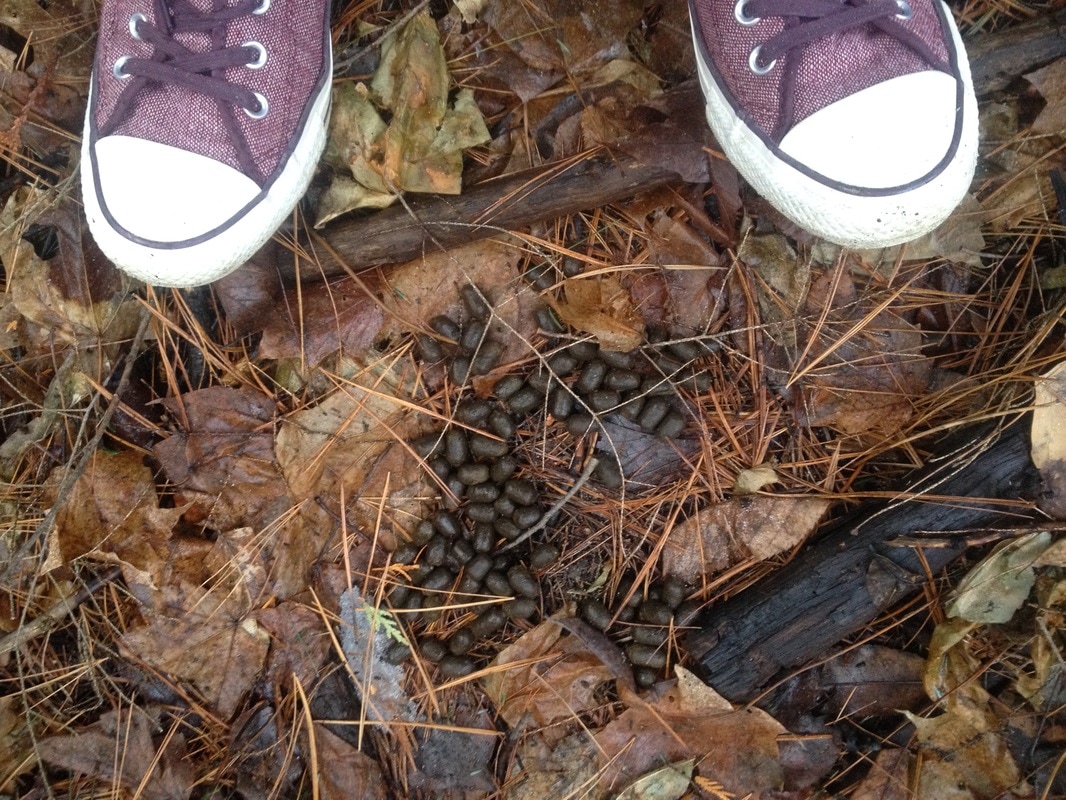

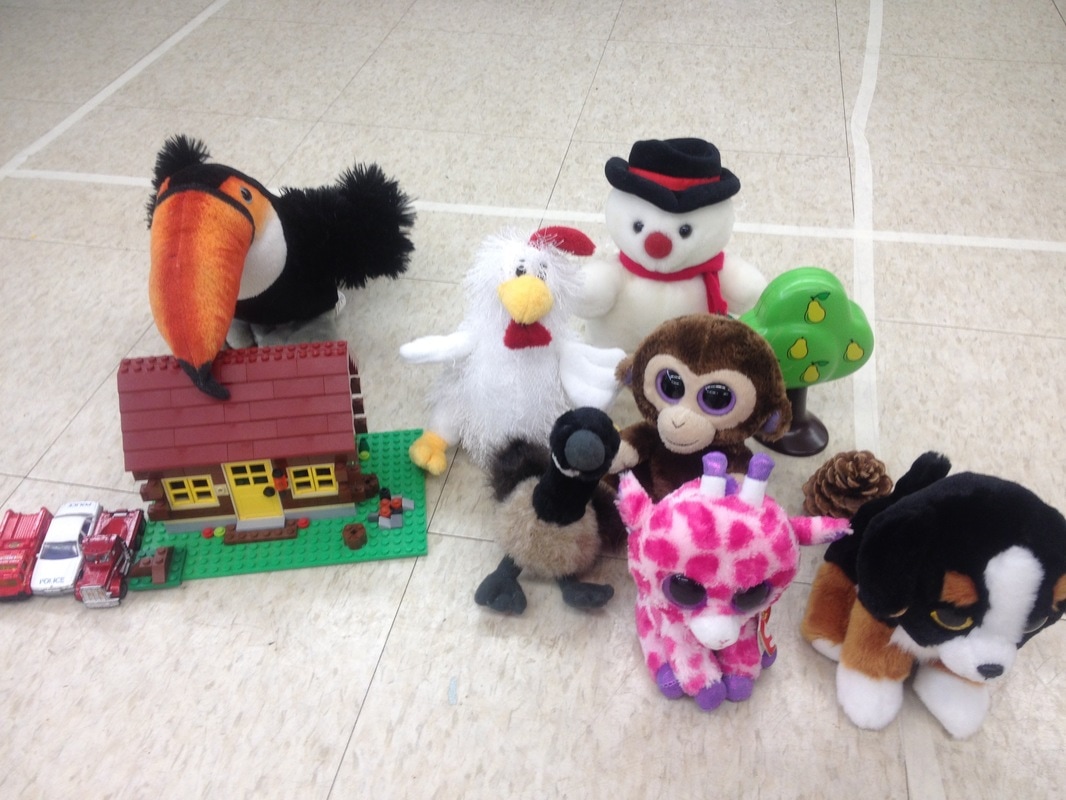
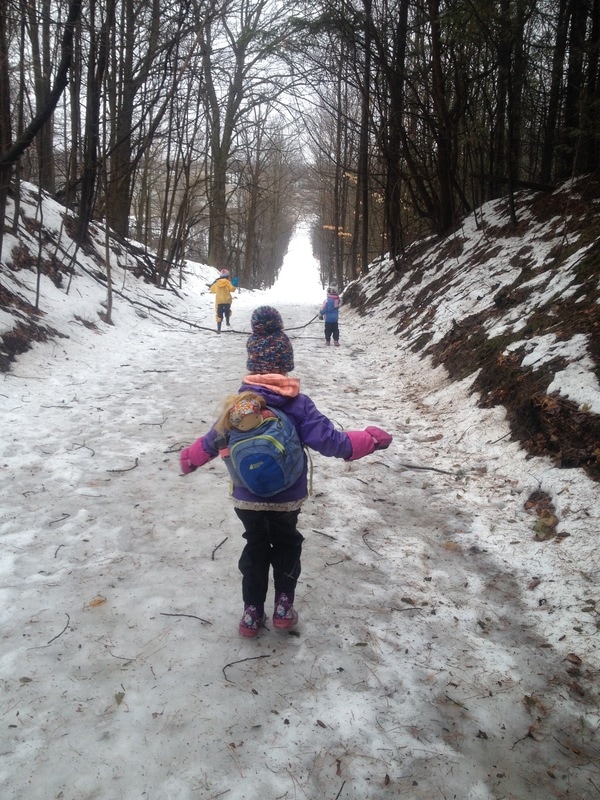

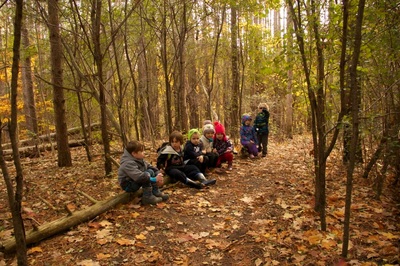
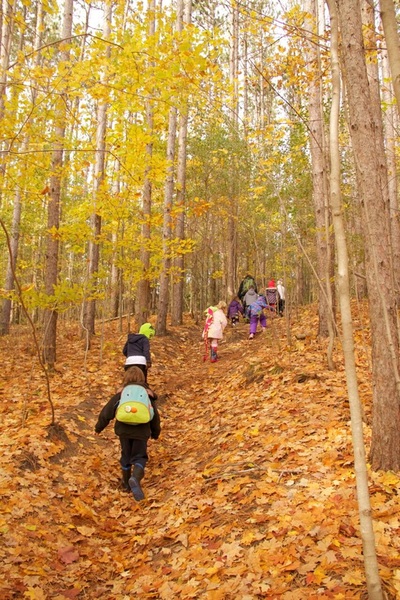
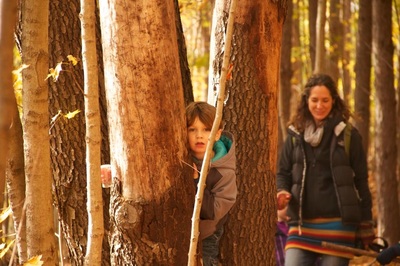
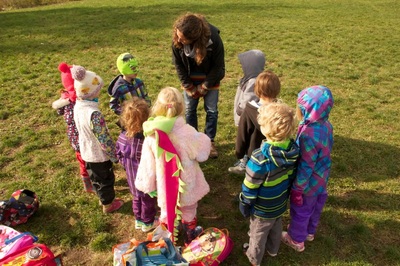

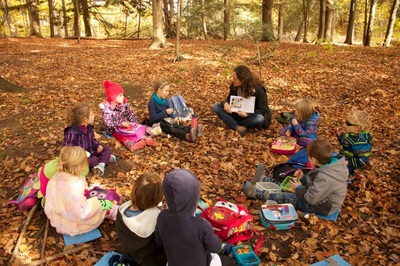
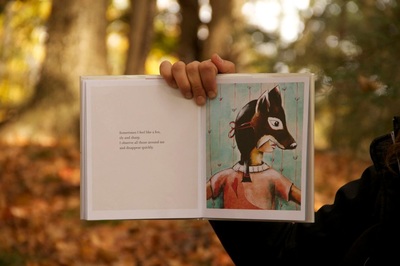
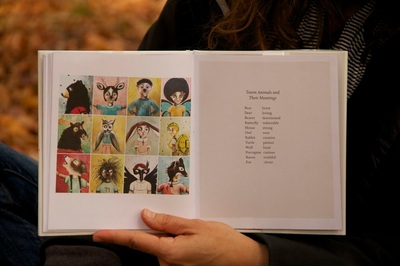
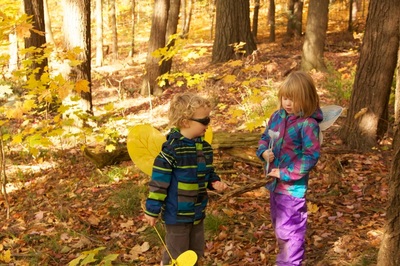

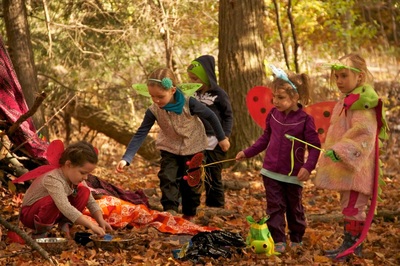
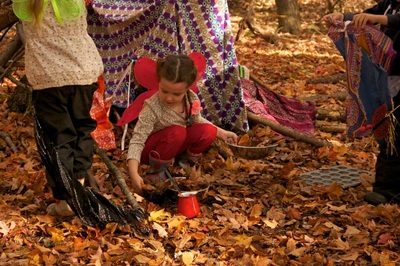
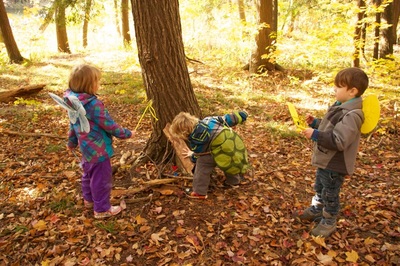
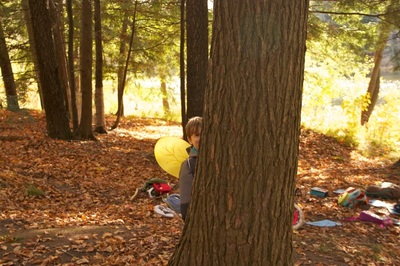
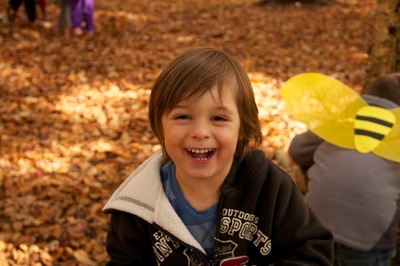
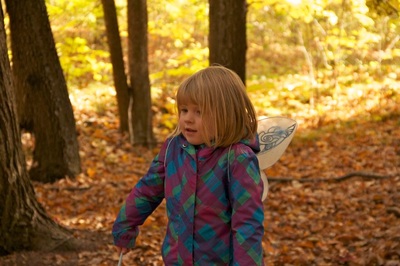
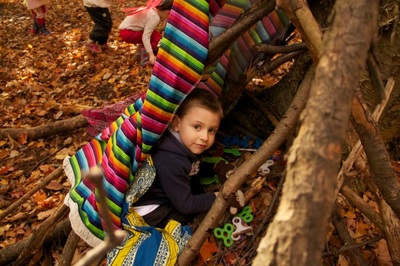
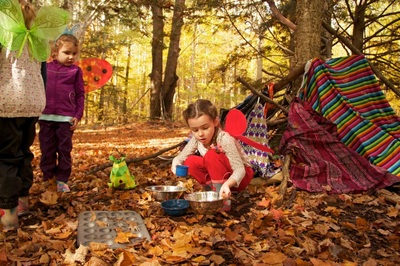
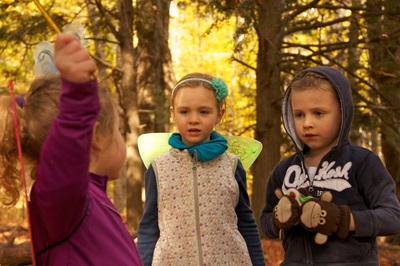
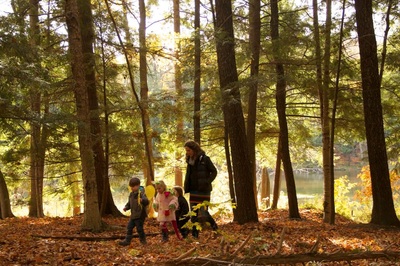
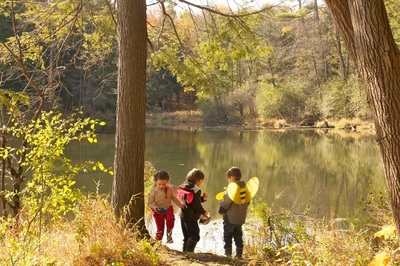
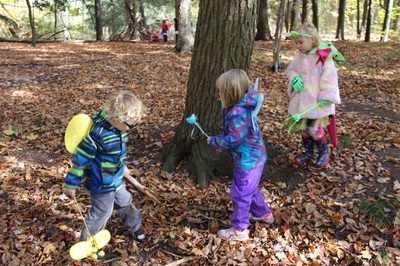
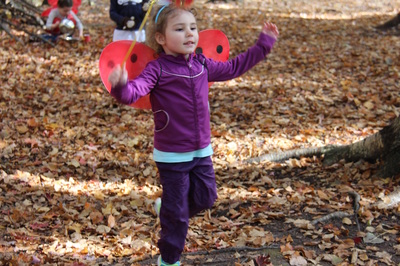
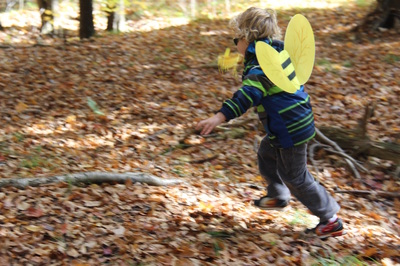
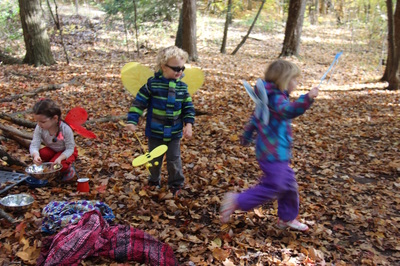
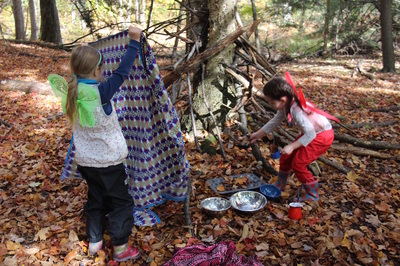

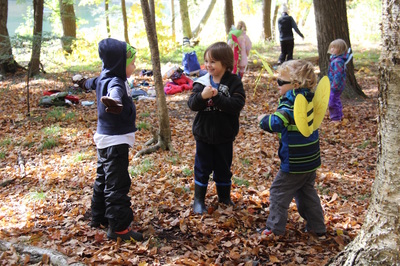
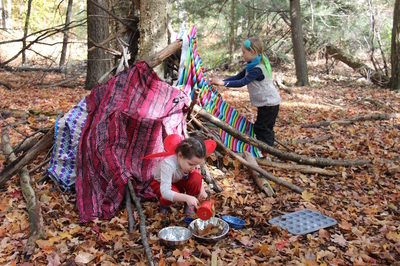
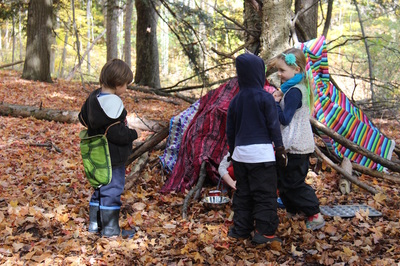
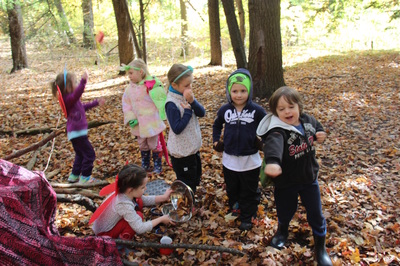
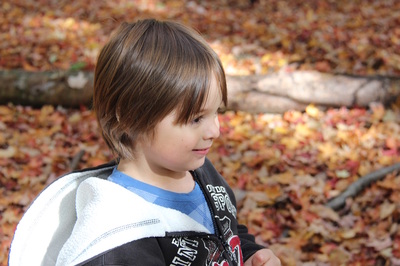
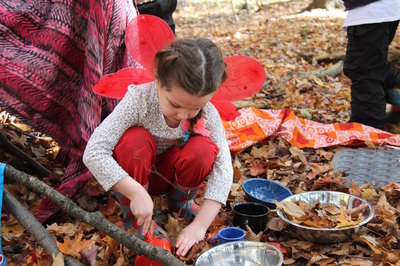
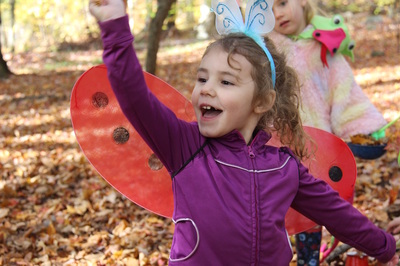
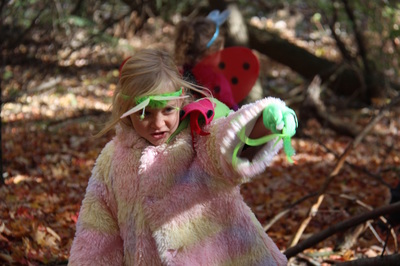
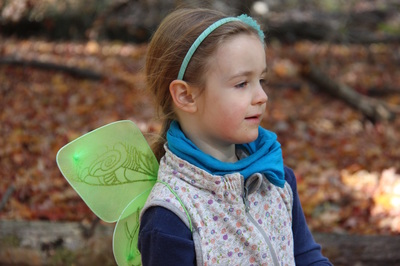
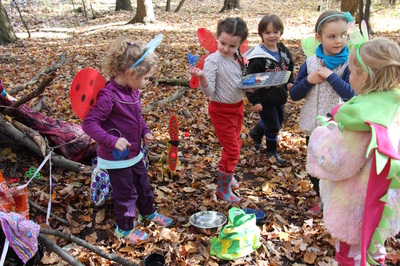
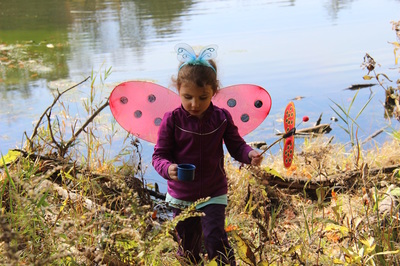
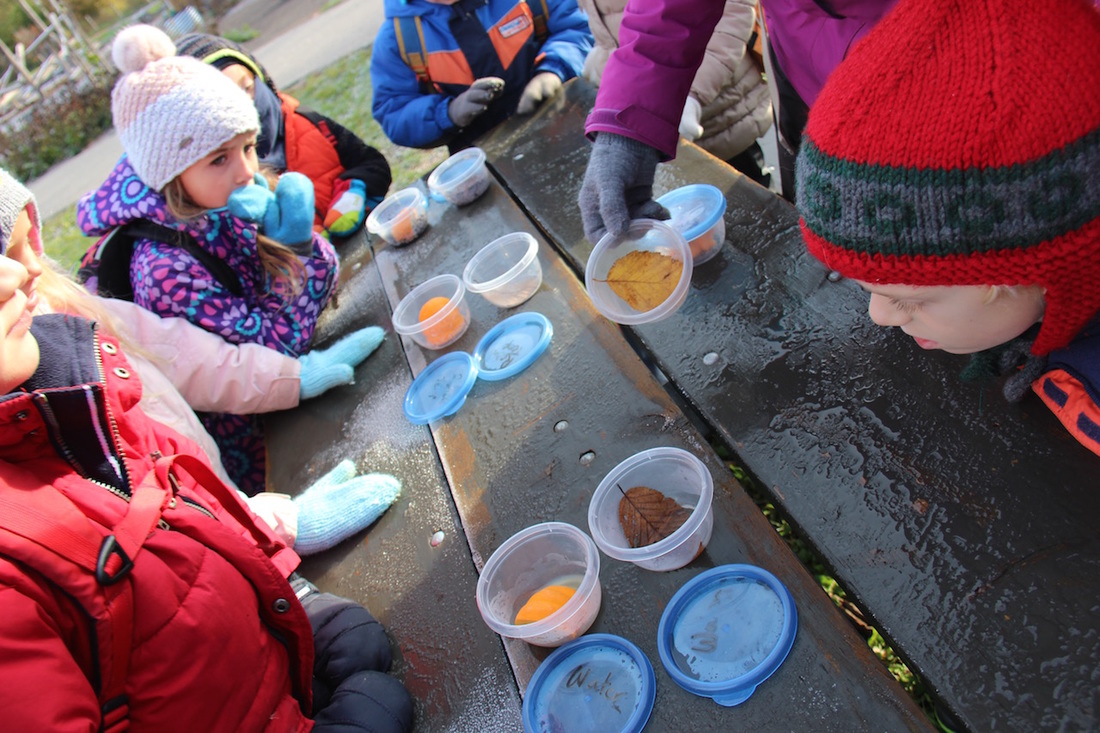
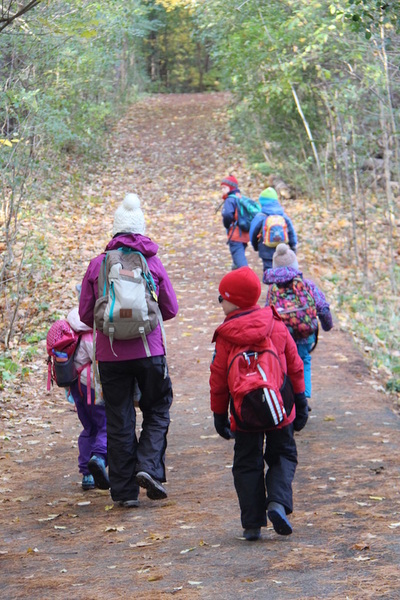
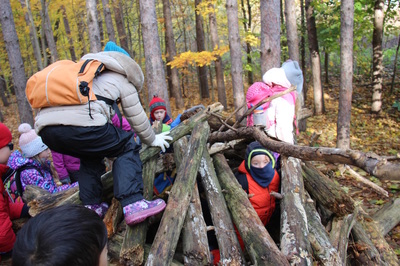

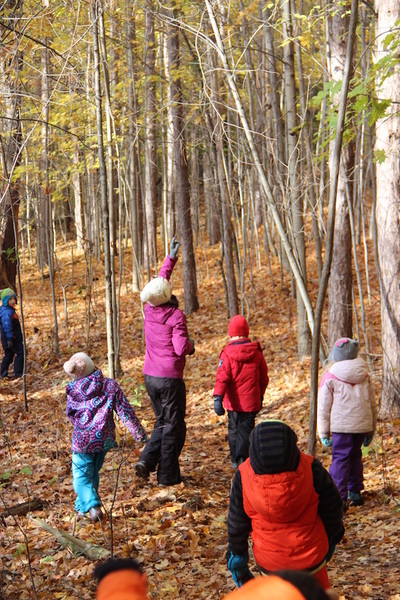
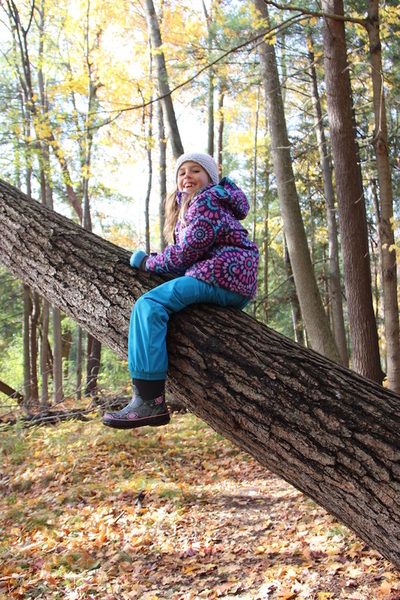

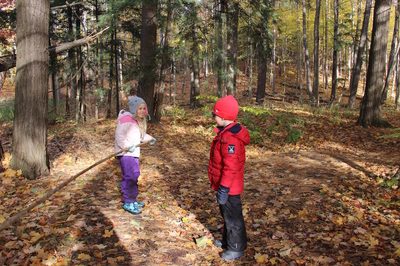
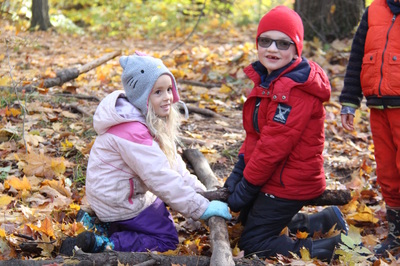
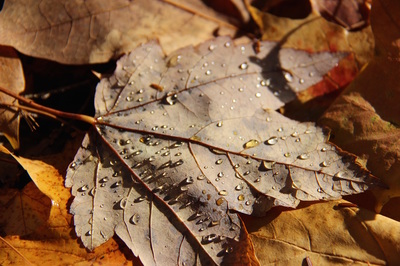
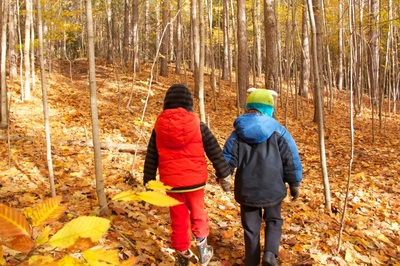
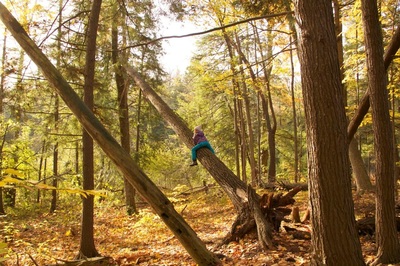

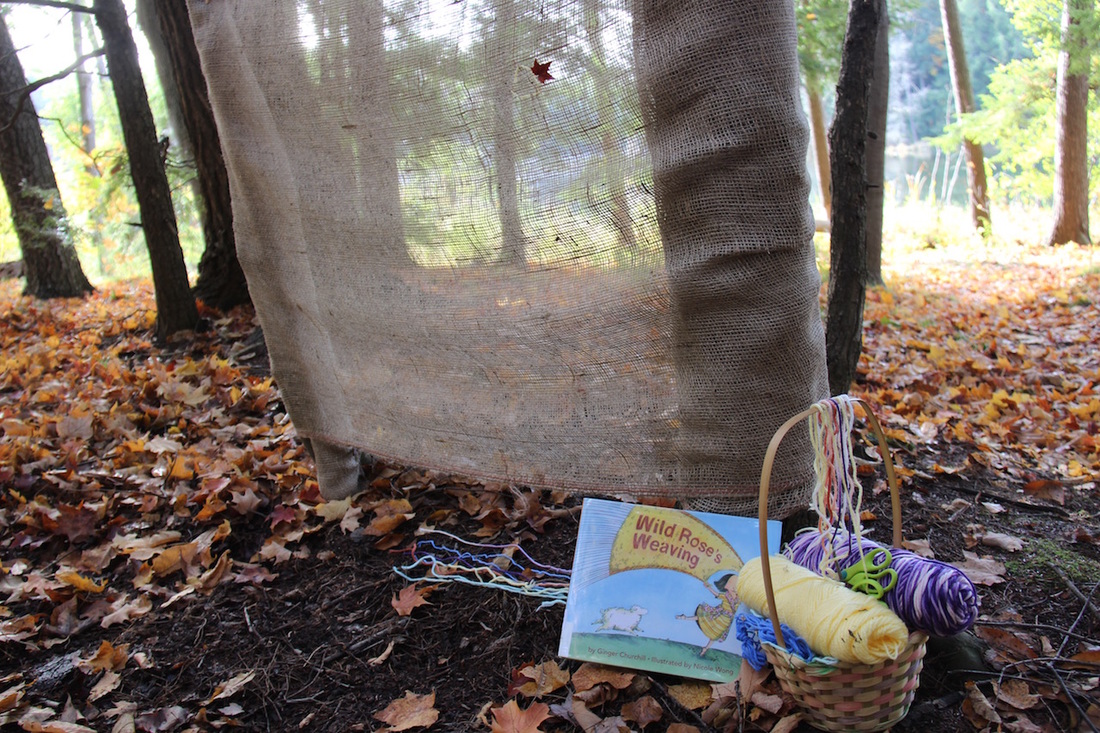
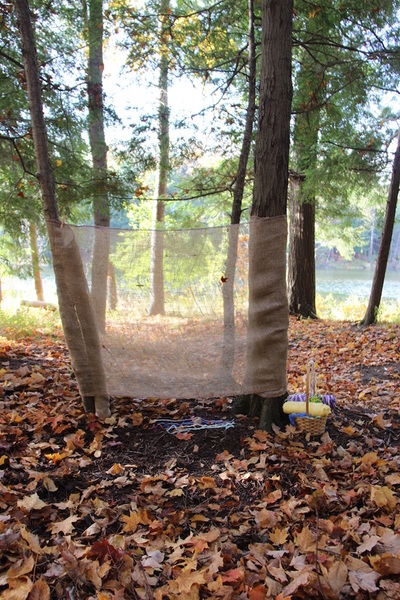
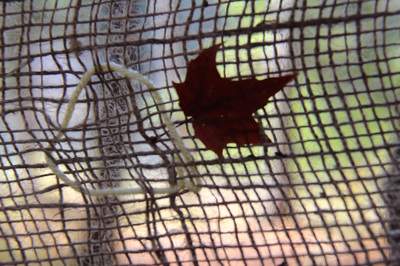
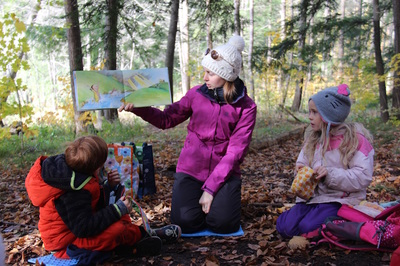
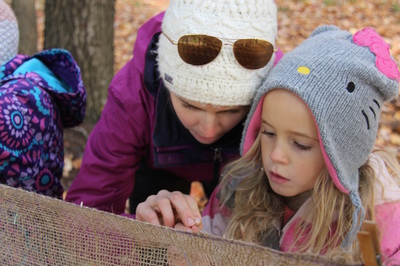
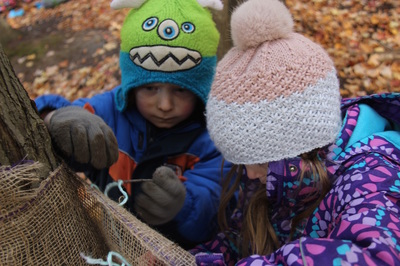
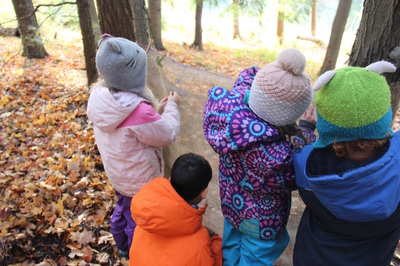
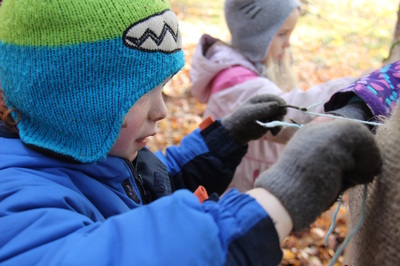
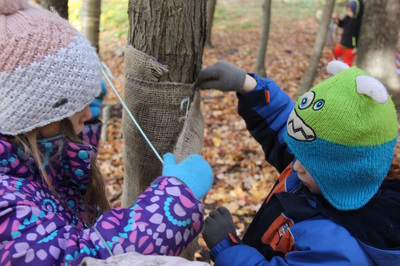
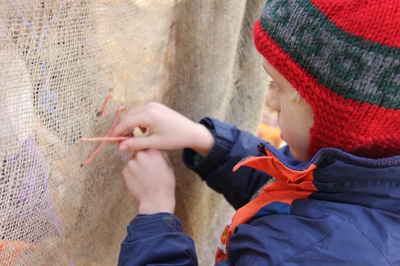
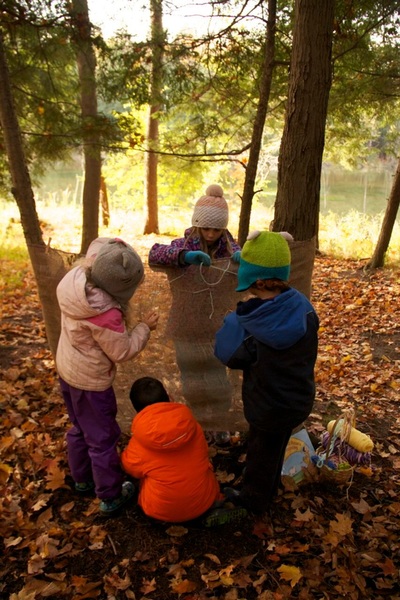
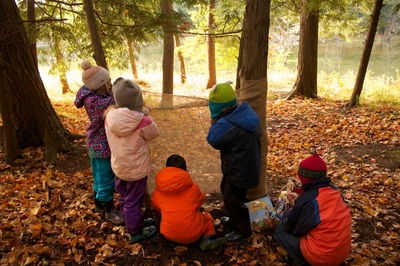
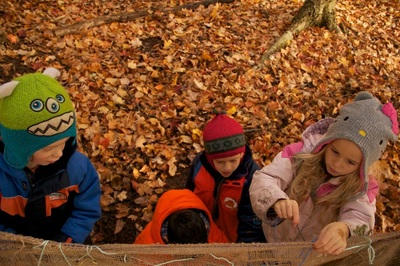
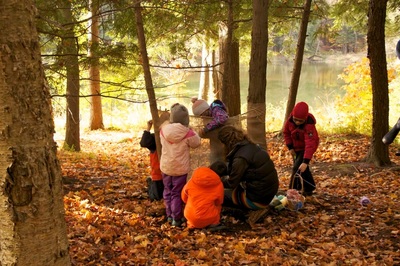
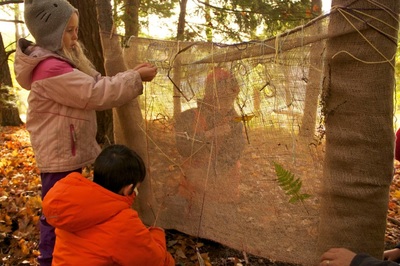
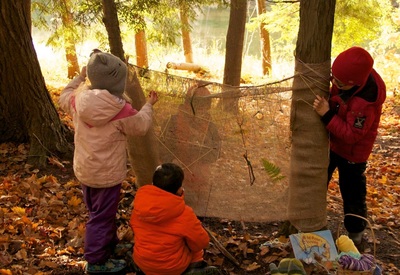
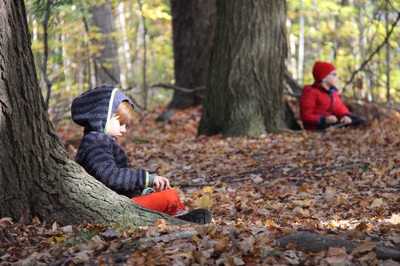
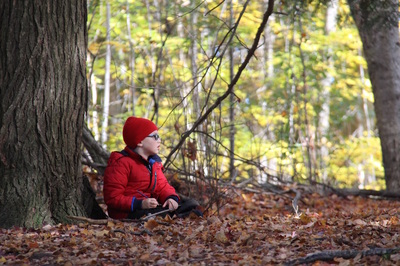
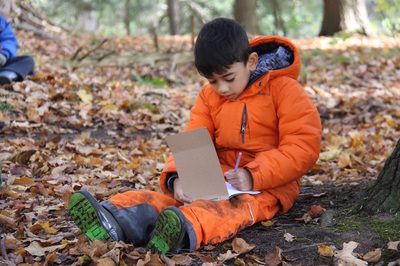
 RSS Feed
RSS Feed